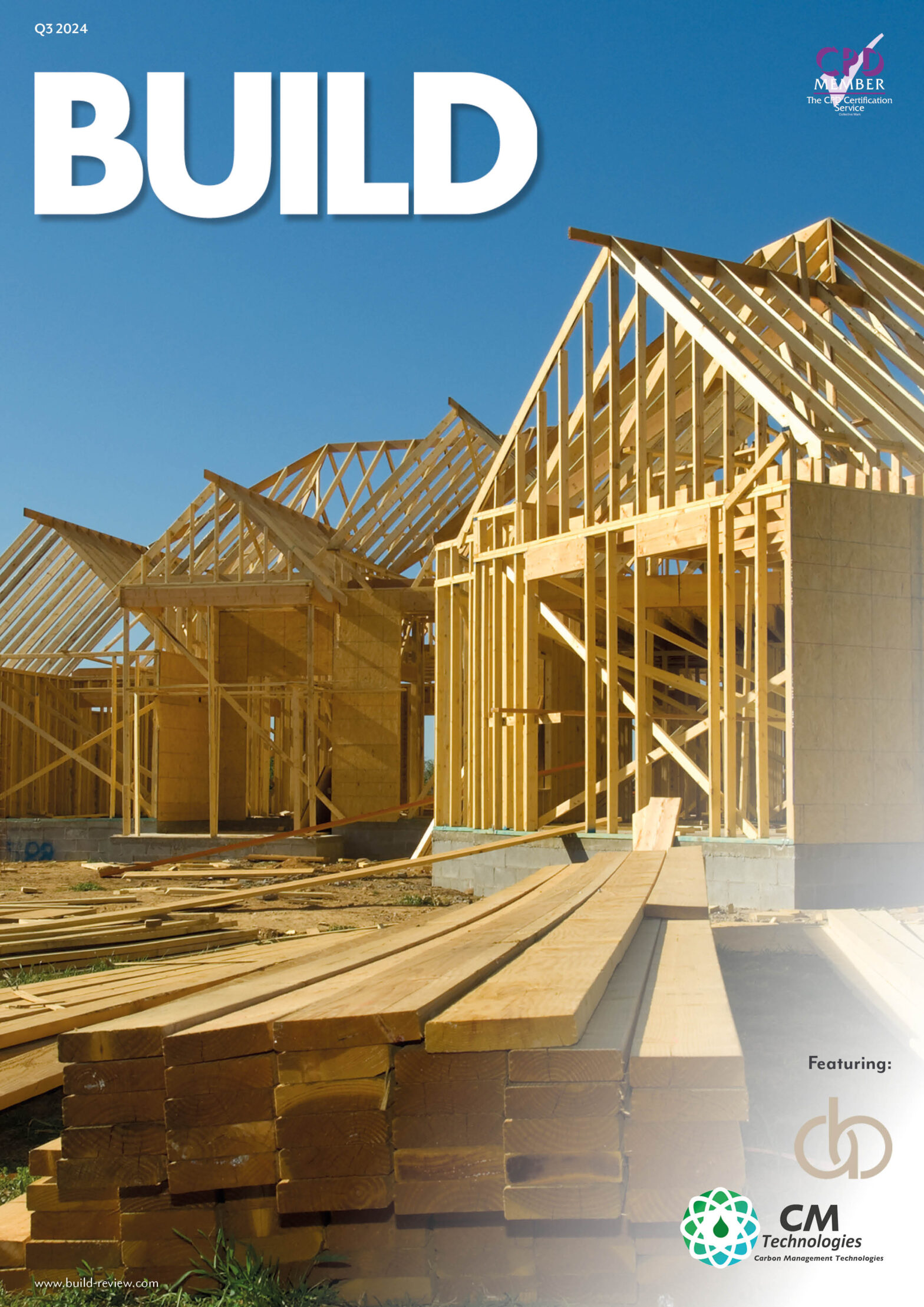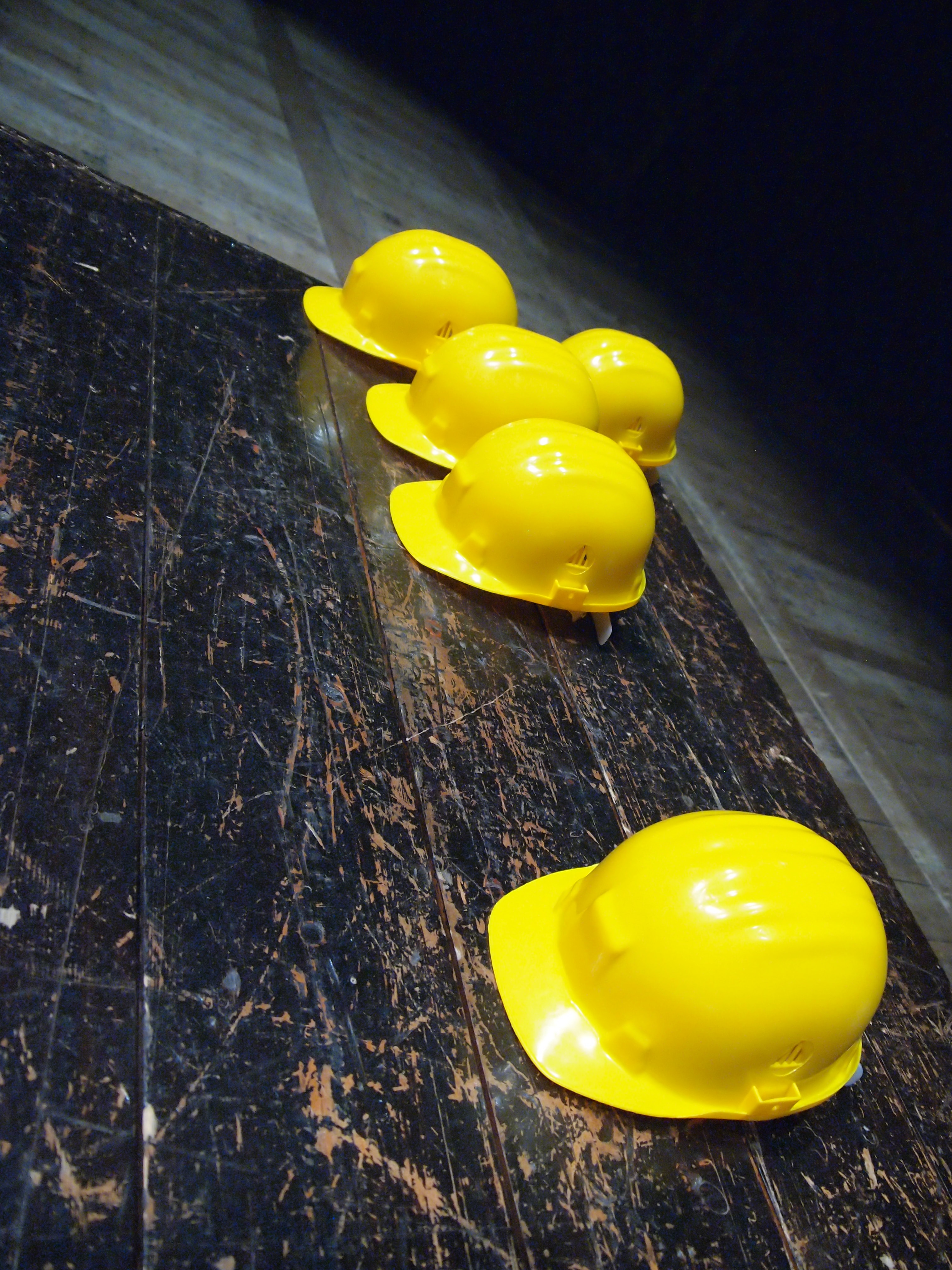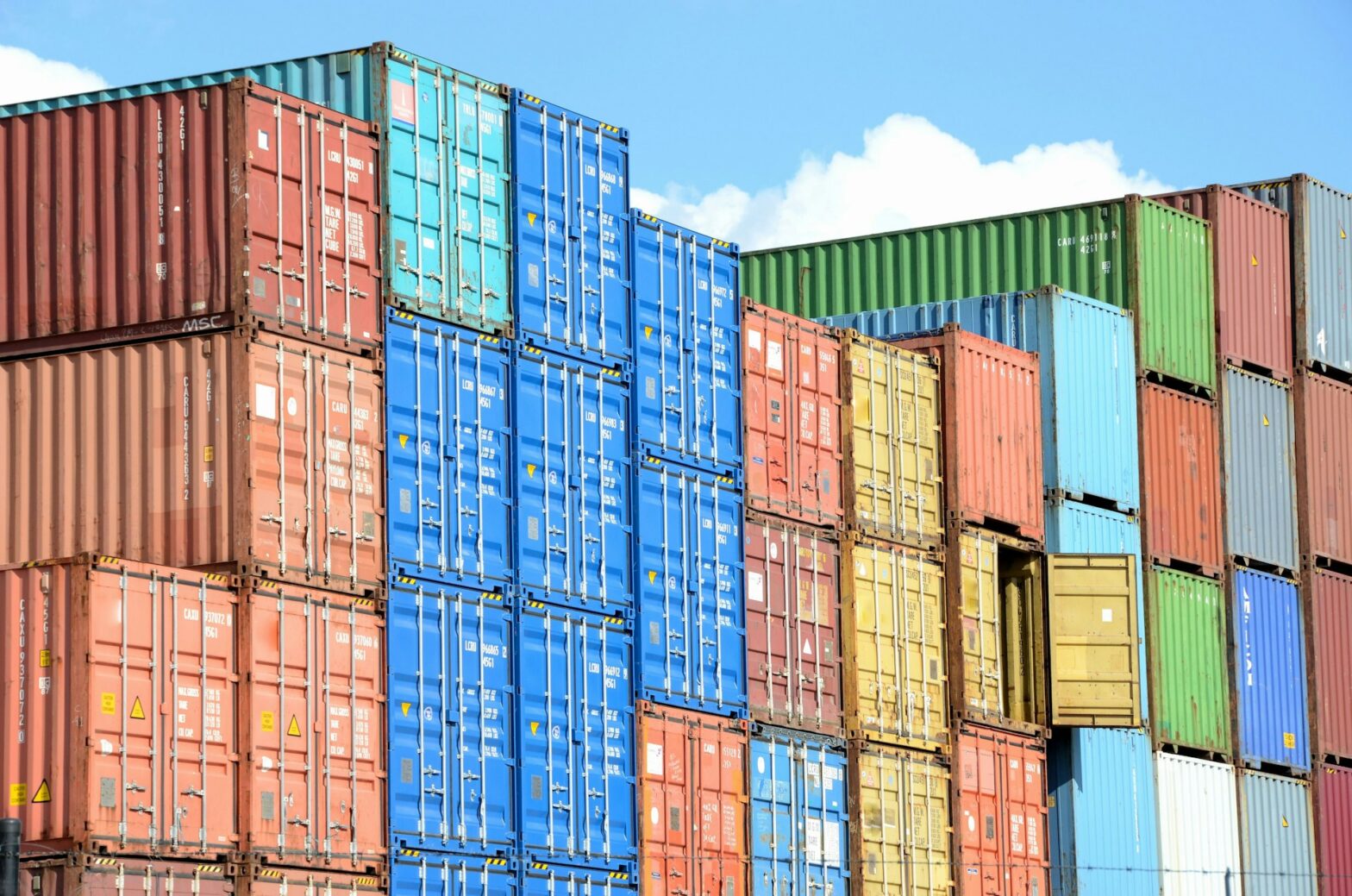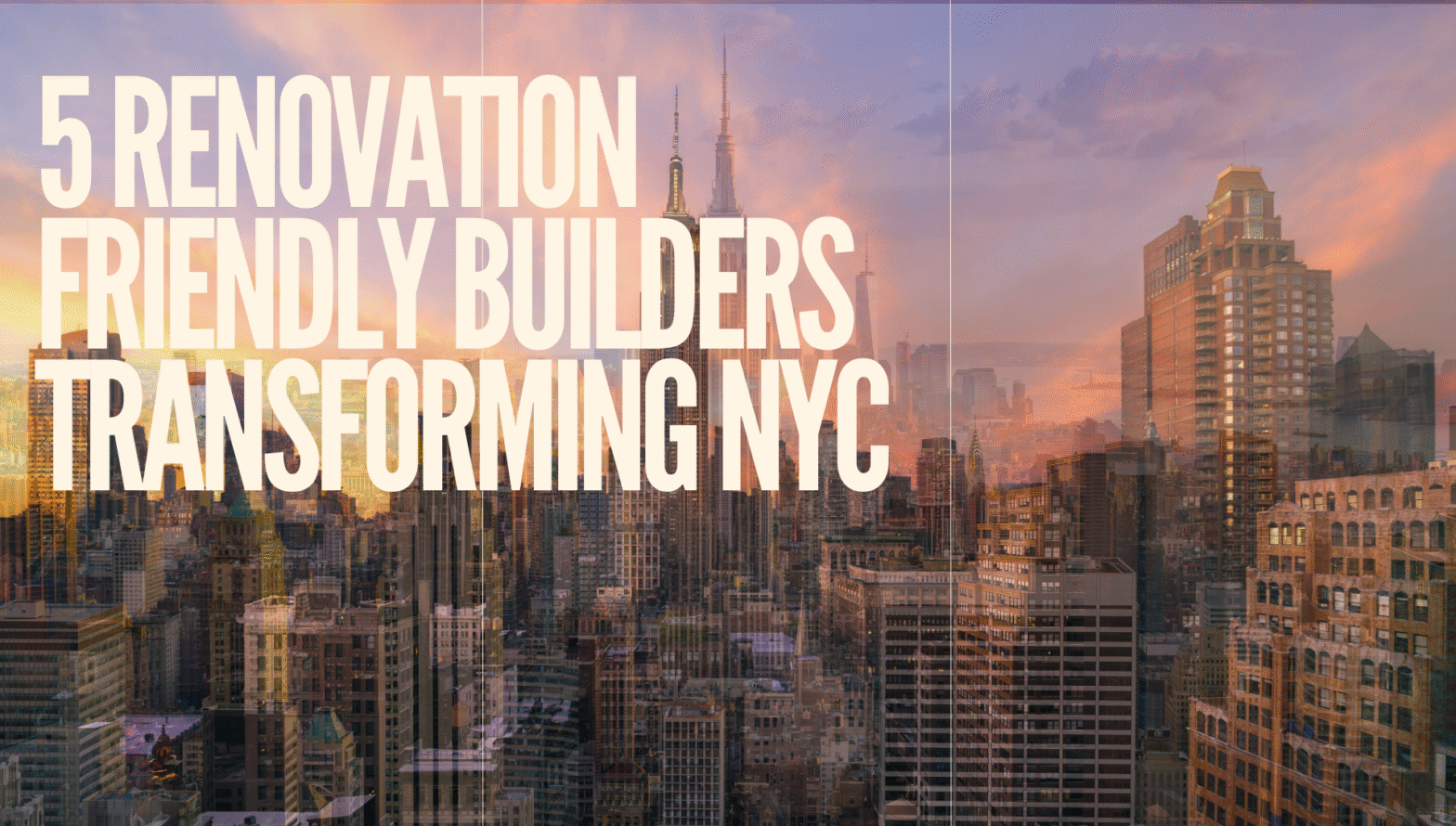A commercial tower syncs its energy use with the grid in real time, adjusts airflow based on occupancy before anyone touches a thermostat, and tracks every resource like it’s managing a spacecraft. That building isn’t coming soon; it’s already signing leases.
In 2025, the net-zero label has evolved from trend to threshold. Forward-looking developers are skipping the greenwashing and building spaces that prove performance minute by minute.
Carbon accountability isn’t optional anymore. Cities are demanding hard data, not best intentions. Tenants are shopping with carbon IQ. And the buildings with real transparency are pulling ahead fast.
The next wave of net-zero isn’t just energy-efficient. Here’s where it’s heading, who’s driving it, and why 2025 is a tipping point no one in commercial real estate can afford to miss.
Regulatory Momentum Is Shaping Design From the Ground Up
Governments are no longer just nudging developers; they’re drawing hard lines. In the U.S., updates to the International Energy Conservation Code have tightened baseline performance requirements, while cities like New York and Boston are enforcing energy grades and carbon caps with fines attached.
This regulatory shift is doing more than changing how buildings are designed. It’s compelling architects and owners to work backward from a fixed carbon target rather than forward from a budget. That changes everything from site selection to building envelope materials to the HVAC systems chosen.
Smarter Energy Tracking Is Rewriting Operational Norms
As energy demands tighten, high-performance buildings are leaning into advanced monitoring tools to stay compliant and competitive.
This is where accurate measurement tools become vital. Modern systems rely on technologies like gas flow meters from Turbines Inc. to monitor resource use with precision. These meters support commercial operators in tracking gas consumption, creating transparency that supports everything from internal audits to external disclosures.
The result is accountability you can act on. Facility teams are better equipped to:
- Fine-tune building systems
- Prioritize retrofits
- Demonstrate performance
- Optimize HVAC load distribution
- Identify abnormal spikes
Design is Moving Toward Total Lifecycle Efficiency
The conversation about net-zero used to focus heavily on operational carbon, but that’s changing. In 2025, the lifecycle emissions of a building are under scrutiny. Developers are analyzing the embodied carbon in materials with as much rigor as they apply to lighting schedules and thermostat setbacks.
Forward-looking firms are investing in design software that tracks lifecycle impacts in real time. Building supplies like:
- Low-carbon concrete
- Mass timber
- Recycled steel
- Reclaimed brick and salvaged wood
They are all gaining traction.
On-Site Generation is Now Expected, Not Optional
Sustainable buildings are redefining what it means to be energy independent. Rooftop solar was once a feature for progressive developers; today, it’s standard operating procedure. But that’s not where the innovation stops. Commercial buildings in 2025 are investing in microgrids, battery storage systems, and bi-directional EV chargers that can supply power during peak hours.
Some are even creating energy-positive zones, then distributing that surplus to other parts of the building or even to neighboring properties. This requires tight coordination between generation, storage, and load balancing systems.
Internal Collaboration Is Now a Strategic Advantage
Net-zero targets can’t be hit in silos. Achieving performance requires constant coordination between:
- Facilities teams
- Leasing agents
- Architects
- IT
In top-performing buildings, facilities staff meet regularly with energy consultants, digital twins inform day-to-day decision-making, and tenants receive dashboards that show the carbon footprint of their behaviors.
The Business Case Is No Longer Abstract
The ROI of net-zero was once a mystery. Not anymore. Net-zero buildings hold tenants longer, sell at a premium, and attract institutional investors looking to meet mandates.
Maintenance costs go down with predictive analytics. Utility costs become more predictable with on-site generation. Insurance premiums drop in buildings with certified resiliency features.
Tenants, too, are realizing value. They can see:
- Improved employee retention
- Reduced absenteeism
- Higher productivity
- Greater tenant satisfaction
- Better brand reputation
In buildings that actively manage air quality, daylighting, and thermal comfort.
What Happens Next? Precision and Accountability
Net-zero is no longer a bold claim. It’s a baseline. The buildings that thrive beyond 2025 will be those that maintain performance with precision. They will not just hit targets during commissioning but sustain them through every season, every tenant, every retrofit.



























